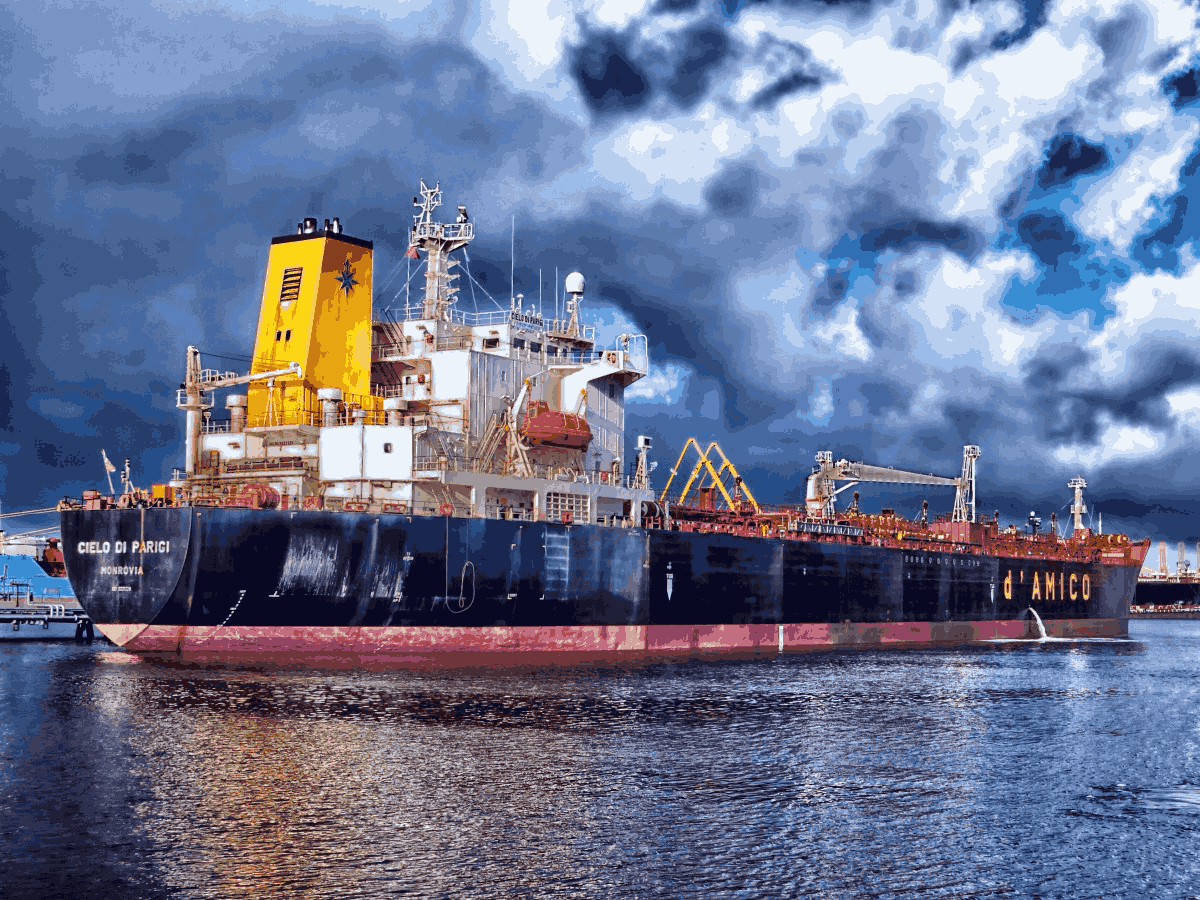Voyage Data Recorders (VDRs): How They Work and Their Regulations
Navigating the vast oceans is no easy feat, and with modern maritime operations relying heavily on data-driven systems, Voyage Data Recorders (VDRs) have become essential. Acting as the “black box” of ships, similar to those in aviation, VDRs play a crucial role in understanding and improving maritime safety and performance. This blog examines how VDRs work, the regulations governing their carriage, and their value to the shipping industry.
What is a Voyage Data Recorder (VDR)?
A Voyage Data Recorder (VDR) is a data recording system installed on ships to continuously collect and store various sets of operational and navigational data. Its primary purpose is to assist with accident investigations, performance assessments, and safety improvements. The system is designed to withstand extreme conditions such as fire, explosion, collision, and even being submerged, ensuring that critical data is retrievable even after severe incidents.
For ships that require a simplified and cost-efficient version, a Simplified Voyage Data Recorder (SVDR) is available, designed specifically for certain types of vessels with limited data requirements.
Key Components of a VDR System
A VDR system is made up of two primary units:
- Data Collection Unit (DCU):
-
-
- Collects real-time data from various onboard sensors.
- Covers critical parameters like GPS data (date, time, position, speed, heading), bridge audio, radar data, AIS (Automatic Identification System), ECDIS (Electronic Chart Display Information System), echo sounder, alarms, and environmental data (wind speed and direction).
- Supplies information on key ship operations such as watertightness, hull stress, and fire door monitoring.
-
- Data Recorder Unit (DRU):
-
-
- The DRU stores the collected data in a tamper-proof capsule.
- The capsule is fireproof, explosion-proof, and capable of withstanding collision and sinking.
- This storage component can either be fixed or float-free, making it more likely to be retrievable post-accident.
- Stores 12 or more continuous hours of crucial data and is often powered for at least 2 hours during power failures, ensuring uninterrupted recordings.
-
How Does a VDR Work?
Once installed, the DCU begins collecting data from onboard systems and sensors. Each piece of data is continuously logged and transmitted to the DRU. The DRU then secures the data within its protective capsule. This crucial process enables investigators to reconstruct events in the wake of an accident, offering valuable insights for understanding what went wrong.
VDR systems are usually located in secure areas, such as the monkey island on a ship, and utilize microphones strategically placed on the bridge, the conning position, and other critical areas like the chart room, radio room, and bridge wings.
Key Data Recorded by VDRs
VDRs capture and store a wide variety of data, including:
- Navigation and Location:
- GPS data, including position, speed, date, and heading.
- Auditory Data:
- Bridge audio and VHF (Very High Frequency) audio for communication tracking.
- Radar and ECDIS Data:
- Radar images and electronic navigation information.
- Environmental and Structural Information:
- Wind speed and direction.
- Alarms, watertight integrity, and fire door openings.
- Hull openings and stress data for structural integrity analysis.
VDR Carriage Regulations
To ensure the safety and compliance of vessels navigating international waters, the International Maritime Organization (IMO) has outlined clear rules regarding the requirements for VDR and SVDR installation under the International Convention for the Safety of Life at Sea (SOLAS).
Who Needs a VDR?
VDR installation is mandatory for:
- All passenger ships constructed on or after July 1, 2002.
- Cargo ships of 3,000 gross tonnage and above, constructed on or after July 1, 2002.
Who Needs an SVDR?
For cost-sensitive vessels, such as older cargo ships, a Simplified Voyage Data Recorder (SVDR) is an accepted alternative. It applies to:
- Cargo ships of 3,000 gross tonnage and above on international voyages.
Data Requirements for VDR and SVDR
While both record critical data, there are some fundamental differences between VDR and SVDR:
- VDR Mandatory Data:
- Includes all SVDR-required data plus radar images, echo sounder data, wind speed and direction, watertightness, fire door openings, hull openings, and hull stress.
- Includes mandatory radar images irrespective of AIS availability.
- SVDR Mandatory Data:
- Covers GPS data, bridge audio, VHF audio, radar data (if available), and AIS data.
The primary distinction lies in the extent of data captured. For example, while VDR requires radar images, SVDR may rely on AIS data if radar images are unavailable.
Advantages and Benefits of VDR Systems
There are several advantages to having a VDR system onboard a ship, including:
- Accident Investigation:
- Provides detailed insights into events leading up to an accident, enabling investigators to identify causes and prevent recurrence.
- Insurance Cost Reduction:
- Transparent incident analysis can expedite insurance claims and reduce fraud-related expenses.
- Performance Monitoring:
- Helps assess crew performance and adherence to safety protocols.
- Weather Damage Analysis:
- Enables analysis of heavy weather damage to fine-tune operational procedures.
- Training and Safety Practices:
- Serves as a tool for crew training and improving safety standards.
Challenges and Limitations of VDR Systems
While VDRs are invaluable, they come with a few limitations:
- Regular Maintenance:
- VDR systems require frequent checks to ensure proper functioning.
- Power Dependency:
- Constant power supply is essential, creating dependency on shipboard power systems.
- High Initial Costs:
- Installation and equipment costs can be significant, especially for smaller operators.
Unlocking the Future of Maritime Safety
The integration of VDR systems into maritime operations has significantly enhanced the industry’s ability to ensure safety, compliance, and operational efficiency. With advancements in AI and data analysis tools, the potential applications of VDR data will likely grow, further redefining safety and performance benchmarks at sea.
By ensuring proper maintenance and compliance with SOLAS regulations, maritime operators can leverage VDR technology to not only meet regulatory requirements but also gain a valuable tool for mitigating risks, improving decision-making, and enhancing the overall safety of maritime operations.
